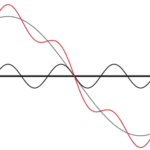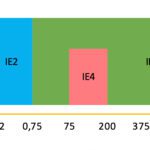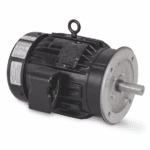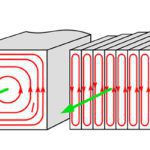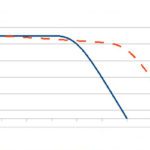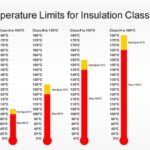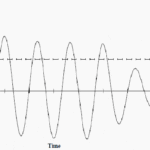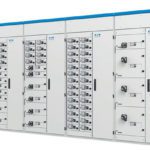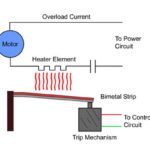Harmonics are voltages or currents caused by non-linear loads on a power supply. Harmonic frequencies occur at integer multiples of a fundamental frequency and are superimposed on the fundamental voltage or current waveform, creating a distorted waveform. Harmonics are classified first by their order, or the integer multiple of the fundamental frequency. For example, for […]
AC Motors
Updated MEPS: Regulation (EU) 2019/1781 for motors and drives takes effect in July 2021
In 2011, the EU implemented minimum efficiency performance standards (MEPS) for electric motors used in residential, commercial, and industrial applications with Commission Regulation (EC) 640/2009, which was implemented in three stages through 2017, and its amendment Regulation (EU) 4/2014. In October 2019, Regulation (EC) 640/2009 was replaced with Commission Regulation (EU) 2019/1781, which outlines updated efficiency […]
ABB expands severe duty motor line with Baldor-Reliance Severe Duty XT motor
The Baldor-Reliance Severe Duty XT motor is a true severe duty motor that bridges the gap between the ABB’s Baldor-Reliance General Purpose and XEX premium severe duty motor lines. “When it comes to performance, the Severe Duty XT is a versatile option for what the industry expects as severe duty,” said Matt Rodebush, ABB’s NEMA […]
What’s the difference between NEMA and IEC motor starters?
A motor starter is a device that controls power to a motor for starting, stopping, reversing, and in some cases, protecting the motor from overload current. Although sometimes referred to as contactors, motor starters actually consist of a contactor and a thermal overload relay. The contactor is an electromechanical device based on a coil and […]
What are eddy currents and how do they affect motor performance?
One of the electromagnetic principles that governs the operation of an electric motor is Faraday’s law, which states that when the magnetic environment of a coil of wire is changed — whether by moving the magnet and coil relative to each other or by changing the magnetic field — a voltage, or electromotive force (EMF), will […]
What is field weakening and how does it affect servo motor performance?
Although servo systems can very precisely control motor speed, position, and torque, in some applications, the motor may not be able to reach the commanded velocity due to limits in the available bus (supply) voltage from the drive. But advanced servo drives offer a technique referred to as field weakening, which alters the motor’s torque-speed […]
What does motor insulation class specify and why is it important?
Any time current flows through a wire — such as the windings in a motor — resistance in the wire, as well as other losses, cause heat to be generated. This heat will eventually transfer to other parts of the motor, causing them to degrade over time. One of the key components affected by this […]
What is inrush current in an AC motor and why does it matter?
When an electrical device, such as an AC induction motor, is switched on, it experiences a very high, momentary surge of current, referred to as inrush current. When an AC induction motor is started, the supplied voltage creates a magnetic field in the stator, which induces a magnetic field in the rotor. The interaction of […]
What is a motor control center (MCC)?
Manufacturing plants often contain dozen, if not hundreds, of motors — driving everything from packaging and processing equipment to fans and pumps. Motor control centers allow facilities such as these to centralize control of some or all of their motors into one location. The basic structure of a motor control center (MCC) is a metal cabinet […]
What are thermal overload relays and what motion components do they protect?
Heat is a major factor in the performance and life of a motor, and one of the primary sources of motor heating is current running through the motor windings. Since heating is an unavoidable condition of motor operation, it’s important to protect the motor from overheating, or thermal overload. In a previous post, we described […]

